Enneagram Subtypes and My Chat with Beatrice Chestnut
May is Enneagram Exploration month here on the blog. Last Thursday, we celebrated this lavishly, kicking things off with an Instagram Live discussion on Subtypes with, as I’ve heard her called, the Grand Dame of Subtypes, Beatrice Chestnut.
Beatrice is an author of two books, The Complete Enneagram: 27 paths to greater self-knowledge and The 9 Types of Leadership: Mastering the Art of People in the 21st Century Workplace.
Both are must-reads. The Complete Enneagram is my absolute favorite comprehensive book on the Enneagram, hands down. Not only does it provide a deep dive into subtypes, but it also provides an academic overview of the Enneagram and its history.
Beatrice is also a psychotherapist and coach, training practitioners and leaders to take their Enneagram knowledge to a deeper understanding and application both in work and life.
This is my passion as well: helping people harness the transformational power of the Enneagram in their own healing, relationships, and work.
I’ll be releasing that interview later this month, yet in the meantime, I want to parse out the major takeaways of our conversation. Subtypes are, after all, a bit complex in nature, and can be easily misunderstood or glossed over.
I believe they are a game-changer, lending a whole new level of understanding into who we are and why we do the things we do.
Let me tee this up by giving a quick overview of this system:
The Enneagram can be broken down into three Centers of Intelligence: the head, the heart, and the body. Within each center, or triad, there are nine interconnected personality types. This we know. If we peel back the next layer, we discover each of the nine types is actually a triad in itself containing three more definitive subtypes within the type. So, we know there are actually 27 types as opposed to nine. The three subtypes within each of the nine types is also connected to three driving animal instincts: self-preservation, social, or sexual (or one-to-one).
Here are the three biggest takeaways from our discussion:
Subtypes help clarify type. Discovering type is often a difficult process. This is partly because there are only nine types and billions of us so it can feel downright limiting and often reductive to identify our dominant type as there is such variance within type. If you struggle to identify your dominant type, try on the subtypes within the types you feel closest describe you. You may discover a perfect match.
Subtypes are more helpful as a growth tool than wings. Wings are talked about much more than subtypes. I learned this is because there hasn’t been clear, compelling content written about subtypes readily available. Also, there is great confusion as The Wisdom of the Enneagram, the Riso/Hudson classic, calls them instinctual variants. Also, wings tend to be easier to identify. They are physically on either side of your dominant type. However, Beatrice explained that wings are more of a flavoring of type that can shift throughout life. Subtypes can be used in a deeper way to grow beyond limiting, unconscious behavior.
Instinct + Passion = Subtype. It’s so important to note the nuance of subtypes within each type. Like I said earlier, no two subtypes are alike even though there are the same three choices for each type. Instead, they can be explained by a person's predominant driving instinct (self-preservation, social, or sexual) fused with the specific passion, or emotional motivator, of a person’s type. This creates a distinct character type within each of the nine to really sink your teeth into. For me, this looks like the self-preservation instinct, as it is my dominant, mixed with envy, the passion of a type four.
To wrap it up and put a bow on it, I love working with subtypes because quite simply, they help us develop more balance where there is imbalance within our personality.
To learn more about the Enneagram and subtypes, join my monthly Enneagram and Self-Care program, The Practice.
Love & Gratitude,
Katie

